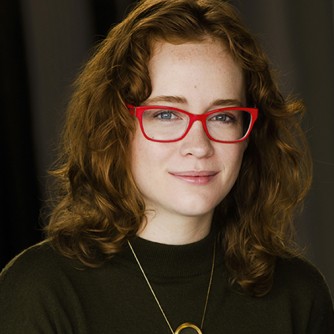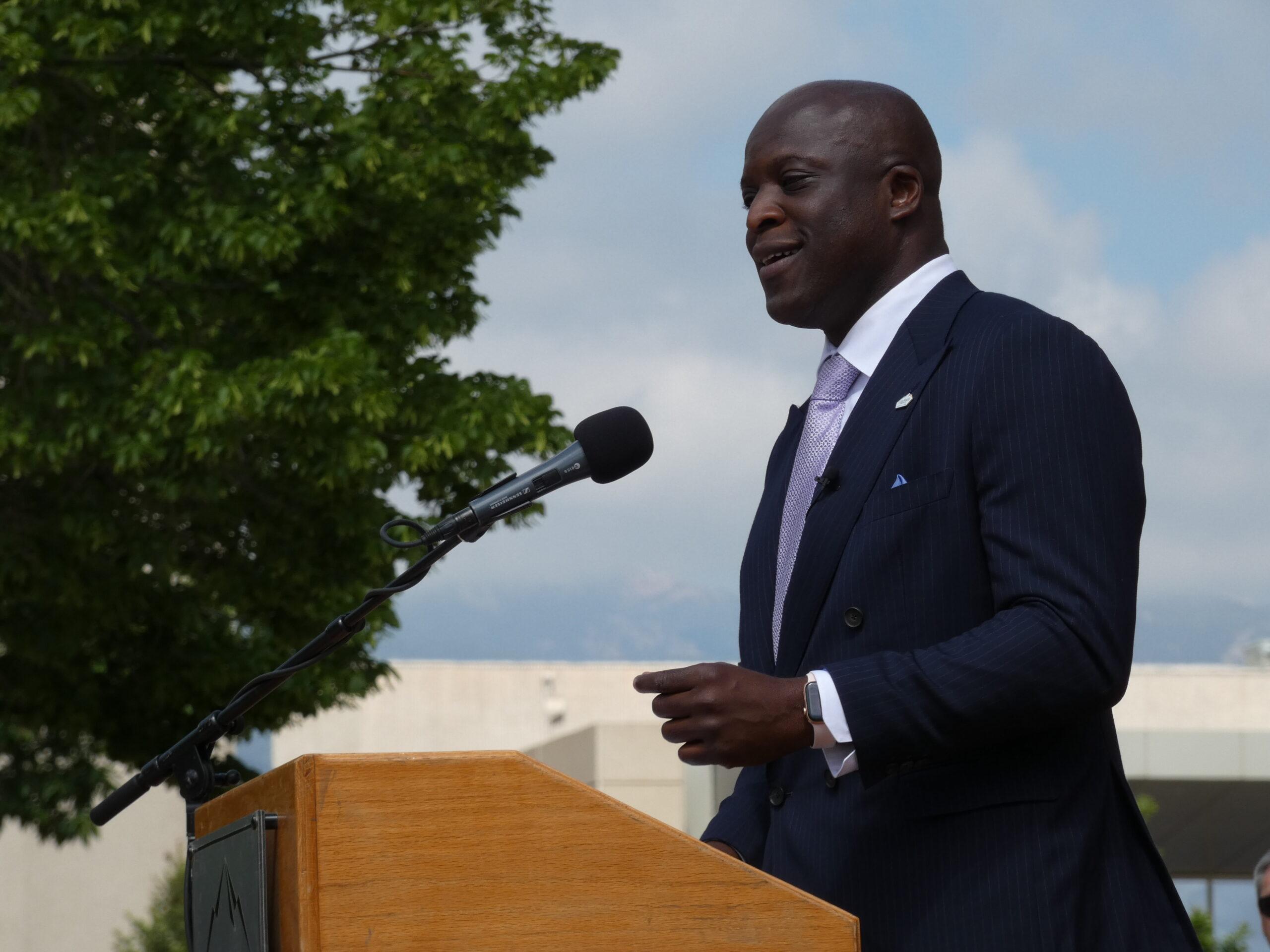
This week Hal introduces us to Io, another one of Jupiter's Galilean moons.
Last week we talked about the largest moon in the solar system, Ganymede. Ganymede is one of the at least 67 moons orbiting Jupiter, and is one of the very bright so-called Galilean moons of Jupiter, spotted by Galileo in the 17th century.
This week, let’s talk about another of the bright Galilean moons, a hellish and freaky place named Io. If you’re looking for a lovely place to take a vacation, Io will not finish high on your list of garden spots, unless you really like bright red moons covered with volcanoes, with massive radiation, and an average daily temperature -261°F. Like I said, a garden spot.
Io is the fourth largest moon in the solar system, slightly bigger than Earth’s moon. And it is the astronomical body most likely to win a pizza look-alike contest. Unlike most of the many frozen moons orbiting the outer planets, Io is very much alive, geologically speaking. In 1979, the Voyager 1 spacecraft spotted a plume rising from Io’s surface.

Additional observations have confirmed that there are at least 400 active volcanoes on Io.
Why is it so busy resurfacing itself every few years? The answer comes from Jupiter. The unbelievably strong tidal forces Io experiences on every orbit around Jupiter, causes the surface to rise and fall 300 feet or more. This creates tremendous friction and therefore heat. This tidal heating is the equivalent of 100 trillion Watts, and eventually Io contributes electric current of 3 million Amps to Jupiter’s electomagnetic field. So if you visit Io, don’t forget a really good surge protector.
If you’d like to take a closer look at Io, or any of the other wonderful and amazing things in the sky, please visit KRCC.org or CSASTRO.org for a link to information on our monthly meetings and our free public star parties!
This is Hal Bidlack for the Colorado Springs Astronomical Society, telling you to keep looking up, Southern Colorado!








